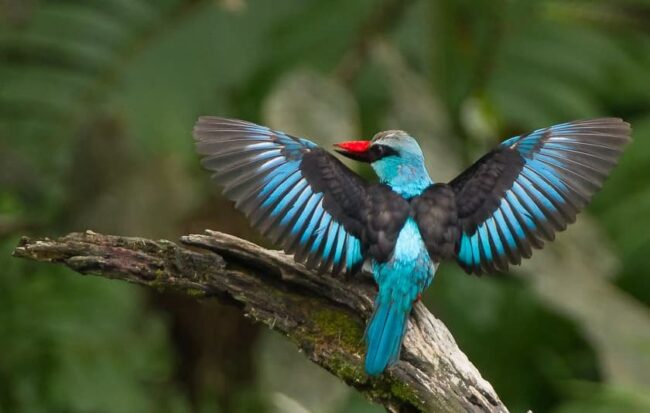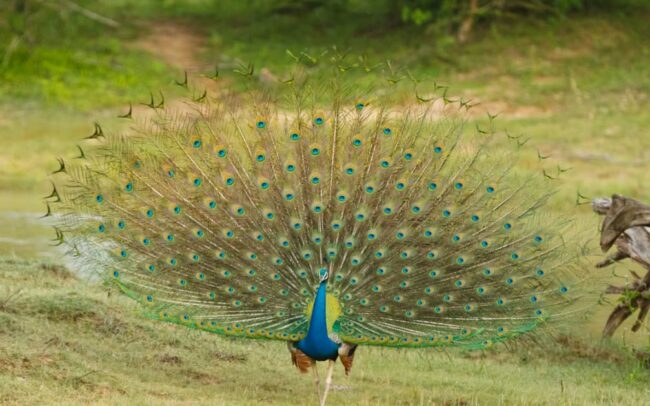Welcome to our blog post dedicated to the Townsend’s Warbler (Setophaga townsendi), a charming and colorful songbird that graces the forests of North America. Join us as we explore the fascinating world of this beautiful warbler and learn more about its unique characteristics.
Field Identification
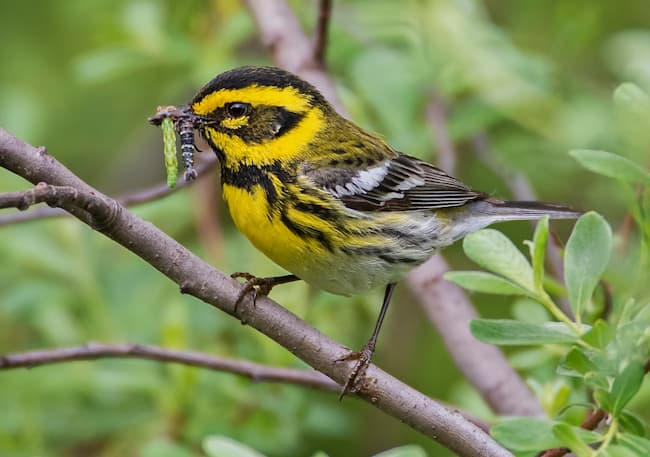
The Townsend’s Warbler is a small passerine bird with a distinctive appearance. Males feature a vibrant yellow face, throat, and underparts, complemented by a black cap and cheeks. Their wings display bold black and yellow patterns, while the back is a lovely shade of olive-green. Females have a similar pattern but with softer colors and less contrast.
Systematics History
The Townsend’s Warbler belongs to the family Parulidae, also known as the New World warblers. Within this family, it falls under the genus Setophaga, which includes numerous warbler species found across the Americas.
Distribution
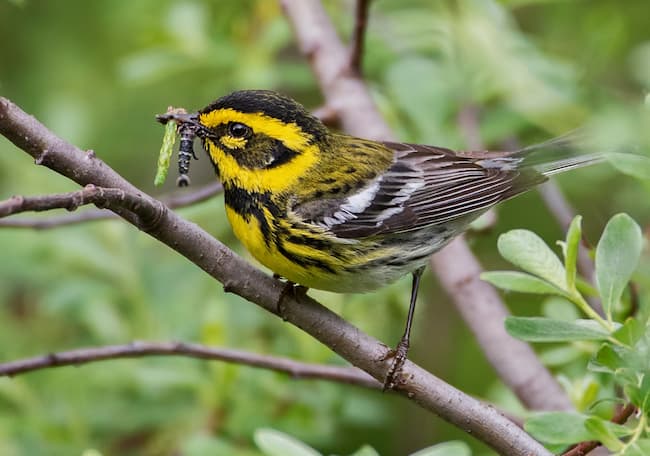
Townsend’s Warblers are native to North America and have a wide distribution range. They breed in the coniferous forests of the western parts of the continent, including regions such as Alaska, western Canada, and the northwestern United States. During the winter, they migrate to Mexico and Central America.
Habitat
These warblers prefer mature coniferous forests, particularly those with a dense canopy and understory. They can also be found in mixed forests and occasionally venture into open woodlands and parks. During migration, they may be spotted in a variety of habitats, including coastal areas and gardens.
Movement and Migration
Townsend’s Warblers undertake long-distance migrations. They breed in the northern parts of their range and then embark on a southward journey to their wintering grounds in Mexico and Central America. Their migration routes span thousands of kilometers and often coincide with other migratory bird species.
Diet and Foraging
The diet of Townsend’s Warblers primarily consists of insects, including caterpillars, beetles, and spiders. They actively forage in the forest canopy, gleaning insects from leaves and branches, and occasionally catching insects mid-air. They may also consume berries and other small fruits during the non-breeding season.
Sounds and Vocal Behavior
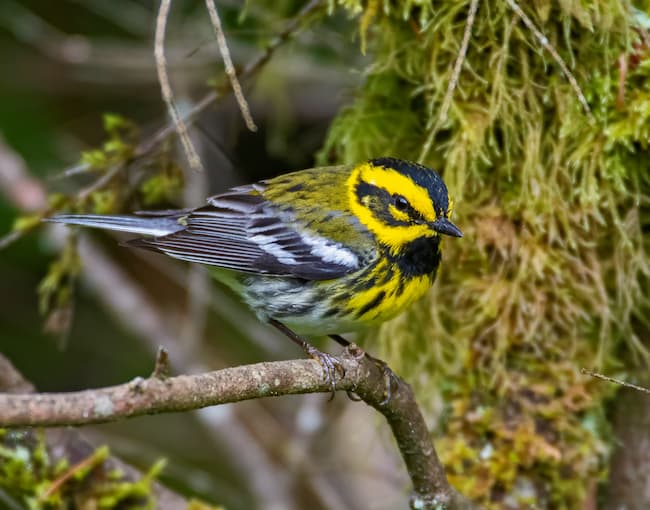
Townsend’s Warblers have a distinctive song that is often described as a series of high-pitched, musical notes. Males sing to establish territories and attract mates during the breeding season. They also produce soft, subtle calls as a form of communication with other individuals.
Breeding Habits
These warblers are monogamous and form breeding pairs during the summer months. The female builds a cup-shaped nest made of plant materials, such as grass, moss, and bark strips, usually located in a coniferous tree. She lays a clutch of 3-5 eggs, which she incubates for approximately two weeks. Both parents participate in feeding and caring for the nestlings.
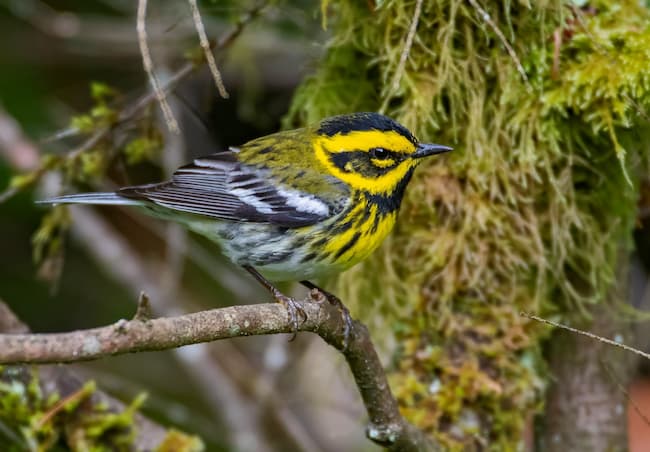
Conservation Status
Townsend’s Warblers are currently classified as a species of Least Concern on the IUCN Red List. However, they face threats such as habitat loss due to logging and forest fragmentation. Conservation efforts focus on preserving their forested habitats and raising awareness about the importance of maintaining healthy ecosystems.
Frequently Asked Questions (FAQ)
Q1: Can Townsend’s Warblers be found in urban areas?
A1: Townsend’s Warblers primarily inhabit forested areas but may occasionally visit urban or suburban gardens, especially during migration. Providing bird-friendly habitat, such as native plants and water sources, can attract these delightful warblers.
Q2: How can I differentiate between male and female Townsend’s Warblers?
A2: Male Townsend’s Warblers have a more vibrant and distinct coloration, with a black cap and cheeks, whereas females have softer and less contrasting plumage. However, both sexes exhibit similar patterns, including the yellow face and underparts.
Q3: Are Townsend’s Warblers known for any unique behaviors?
A3: One interesting behavior observed in Townsend’s Warblers is their association with mixed-species foraging flocks during the winter. These flocks consist of various bird species that come together to enhance foraging efficiency and predator detection.
Conclusion: The Townsend’s Warbler is a captivating songbird that enchants birdwatchers with its bright yellow plumage and melodious songs. Its association with coniferous forests, remarkable migration journeys, and active foraging behavior make it a beloved species among nature enthusiasts. By supporting conservation initiatives and preserving their habitats, we can ensure the continued presence of these delightful warblers for future generations to enjoy.
